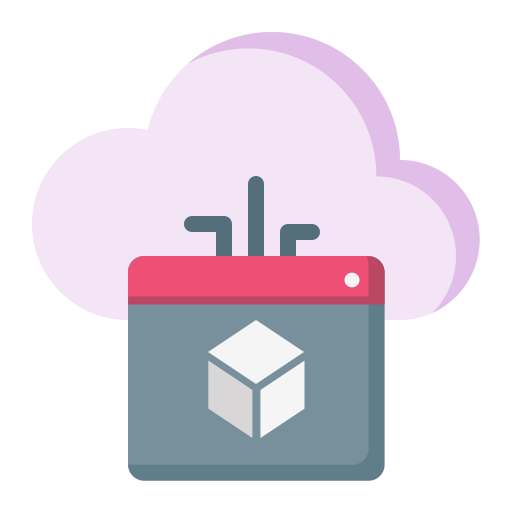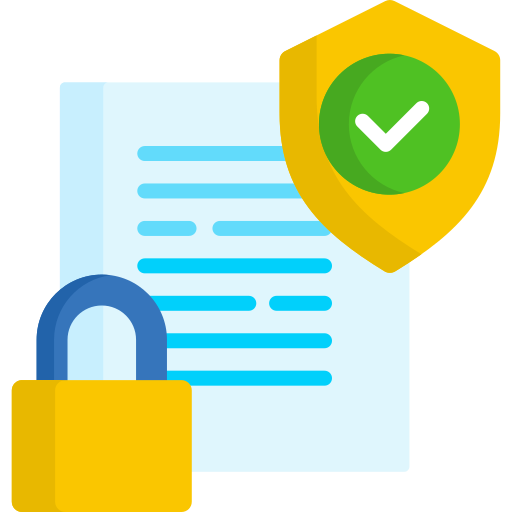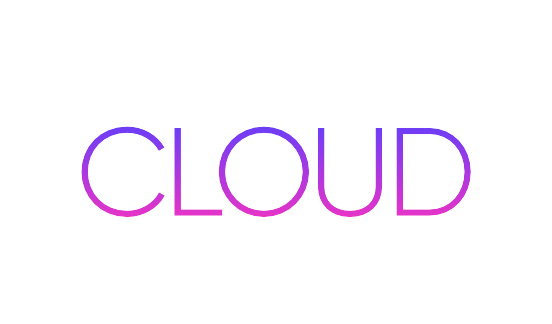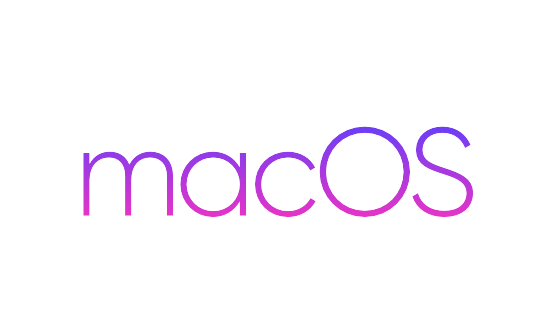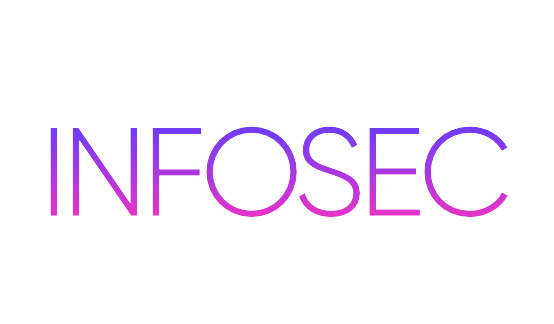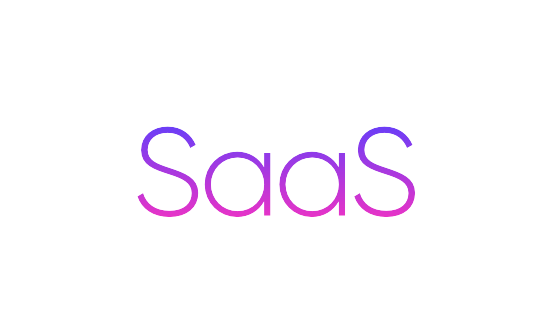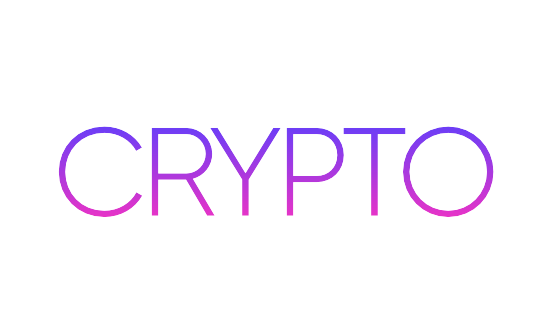For companies of all sizes, holding customer data is becoming an increasingly dangerous obligation. Organizations need to take the necessary steps to protect their information with data violations on the rise and fines ramping up.
To prevent loss or theft, companies must ensure that data is adequately protected. If a breach has occurred, businesses may need to notify individuals as well as face-negative effects on the brand and customer loyalty of the company. Companies may face fines of up to EUR 20 million or 4 percent of their annual turnover under the General Data Protection Regulation.
It’s obviously an incredibly adverse environment for organizations that hold their clients’ data. The risk of Data Breaches can be minimized by implementing a variety of best practices:
1. Defining a clear desk and remote policy for work
Staff should not store documents, including files, cards, and post-it notes, on their desk or in their workspace. To further reduce the risk of confidential information being left unattended, make a policy on this.
When they operate off-site, workers should understand how personal data should be handled. If you are using mobile devices, have in place technical measures, such as two-factor authentication, to protect them.
2. Usage of data maliciously or ignorantly
Effective mobile/remote work also requires access to sensitive data at all times in the modern business environment. But while providing this access (usually through remote network access from our workplace or personal devices) means that workers can be as effective at their jobs as possible, it also puts businesses at considerable risk. A casual error or purposeful behaviour by a single person inside can easily lead to highly sensitive data ending in the wrong hands. The fact that the computers used to access this information move around with the workers, beyond the company’s control, just makes the threat even more potent. Devices lost, or stolen can not only lead hackers to personal information, but they can also be a treasure chest of information about the organization for which the victim works in certain instances.
3. Securely storing personal data
Without your authorization, you have to keep personal data secure and ensure that no one has access to it. Some basic security steps could include storing documents and placing strong passwords on all your devices in a locked cabinet. You must take additional measures to prevent it from being lost, damaged, or stolen if you have confidential personal details.
4. Strengthen the passwords
Having a password that is weak makes you vulnerable to an attack. Ensuring that you use a mix of letters, numbers, and symbols will help keep your account safe, and with each account you have, it is important to always use different passwords.
To hold these passwords in one location, you can use a password manager and it’s always suggested to allow two-factor authentication (2FA).
5. Using blank template documents and separately store them.
Make sure you create a new copy of it any time you use template documents and avoid overwriting a previous version. To stop anyone from seeing this information by accident, blank templates should be kept away from pre-populated ones.
6. Grant access only when necessary.
Who’s got access? Ensure that you only provide those people who need it with access to accounts and systems. Where applicable, limit copying, pasting, editing, and viewing rights on records and remember to always delete and change logins to accounts after an employee has left.
7. Downloading of malicious software
Bogus applications are on the rise and the untrained eye is becoming more and more convincing. Many of them try to trick users into disclosing confidential information and passwords when installed accidentally on a computer, while others act as spyware, or secretly install malicious software on the device that allows hackers to monitor user behavior.
8. Misplaced devices
Research has shown that in 2017, 26,000 computers were left in Transport for London’s abandoned real estate department. An insecure phone or tablet can be an open door directly into our lives once in the hands of the wrong person, sometimes containing all the information needed for identity theft, financial fraud, and a host of other illegal activities.
9. Back up the resources
If you have a backup of the personal data you keep safely stored off-site, even if there is a break-in, fire, or flood in your office, you will still be able to access the data.
When company data is compromised, what do I do?
It is important to have a disaster recovery plan and a backup of your data if your company loses personal data through human error or malicious cyber activity, such as phishing. It would allow you to access and continue working with your data, business as usual, without any major disruptions.
For companies of all sizes, holding customer data is becoming an increasingly dangerous obligation. Organizations need to take the necessary steps to protect.


